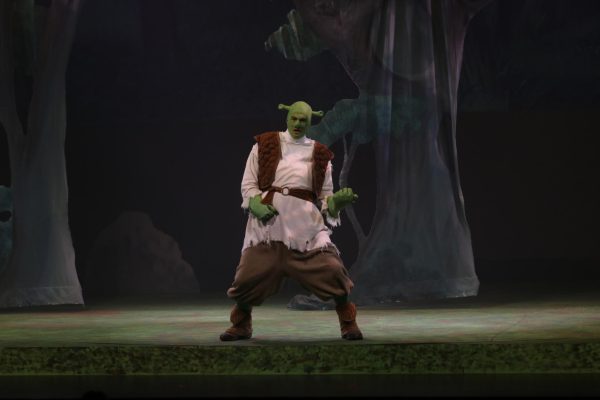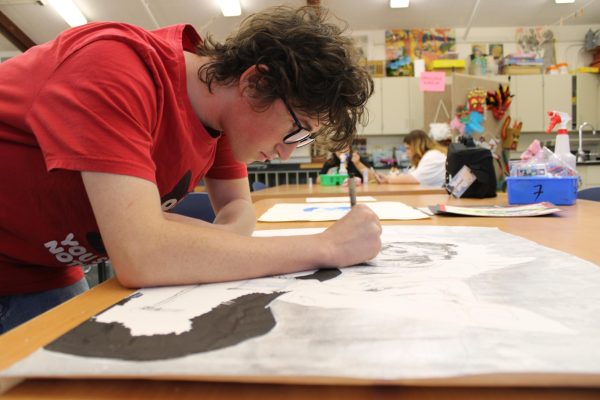Students Take Pride in “Pride and Prejudice”
Jane Austen’s “Pride and Prejudice” remains a timeless classic by highlighting day-to-day relationships
It is a truth universally acknowledged that “Pride and Prejudice” has left a mark on the world of classic literature, and the vast universe of historical movies. “Pride and Prejudice” has also made its way into our school curriculum, as many Woodbridge seniors who take English Literature read this famous work.
From its formulation in 1797 to its publication in 1813, “Pride and Prejudice” has become a renowned novel that holds timeless significance. Since 1938, it has had 17 movie adaptations, and most notably: “Pride Prejudice and Zombies,” the modernized and comedic twist of the famous Jane Austen novel.
“Pride and Prejudice” follows the relationship between Elizabeth Bennet and Fitzwilliam Darcy, two completely different yet at the same time, akin characters navigating their relationship through the trials and tribulations of their pride—and prejudice—while discovering what it means to form a meaningful relationship. Bennet, an intelligent woman from a lower social status, and Darcy (known as Mr. Darcy), a wealthy and aloof gentleman, explore how they really feel about each other, without letting their pride get the best of them.
“Pride and Prejudice” encapsulates the Regency Era and social issues with a sense of humor and irony. The Regency Era, during the reign of King George IV, was the period of time between 1795 to 1837 in Britain. The movies, with breathtaking visuals and captivating costumes illustrate the differences in class, social status and the society of this era.
According to Focus Features, a facet of NBC Universal, “Pride and Prejudice” costume designer Jacqueline Durran intended to make the costumes reflective of the socioeconomic divisions of the Regency Era. She used simple yet homely fabrics and designs to capture what young women from a lower social status would wear during this era.
Along with the costumes, “Pride and Prejudice” is widely known for its technique and cinematography—most notably its continuous shots, two-shots and framed shots—which are unique angles and shots used commonly in cinematography.
“A lot of the camera shots they do…these continuous pan shots…are just…so cool to watch,” junior Genesis Araiza-Hernandez said.
Pan shots—common techniques used in cinematography that follow the subject—are used to illuminate the antiquated setting of 19th century England. While the stunning costumes play a significant role in the movie, the book is noteworthy for the way it captures the essence of day-to-day relationships.“The genius of the novel is the extent to which Austen understands relationships [and can] make a real human being of everyone within a conversation,” English teacher Grant Davis said.
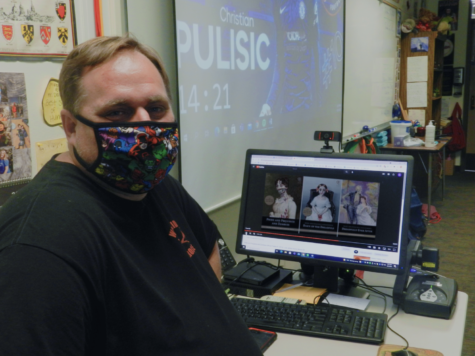
“Pride and Prejudice and Zombies” film. (Isabella Gonzalez)
After being in isolation due to the Covid-19 pandemic, society as a whole can relate to the sentiment of struggling to pick up a conversation and developing meaningful relationships. “Pride and Prejudice” perfectly captures the power of relationships and highlights day-to-day conversations using irony and humor. The novel also focuses on first impressions and how people should not let their judgements, as well as first impressions, cloud others from knowing more about a person.
“[Elizabeth Bennet] is someone who at first is blinded by her first impressions and I feel like first impressions are..super important to me and I try and acknowledge that they are not always going to be accurate,” senior Valerie Siauw said.
The book and the movie encapsulate the power of relationships, as well as the societal expectations of women in said relationships. Bennet is an independent and critical thinker, challenging the societal norms of marriage and “lady-like” behavior for women.
Written in a period where feminism and discourse around women’s rights were uncommon, “Pride and Prejudice” served as a catalyst for discussions around the rights of women. Today, “Pride and Prejudice” still maintains its relevance, especially in the Warrior Community.
“This is a book that has been around for a while…[We can] come to deeper understandings with ourselves and think about if we’re sharing our real selves in our relationships. I think those are as true now as they were true then. I think ‘Pride and Prejudice’ allows students to kind of reflect on those things in their own lives,” Davis said.
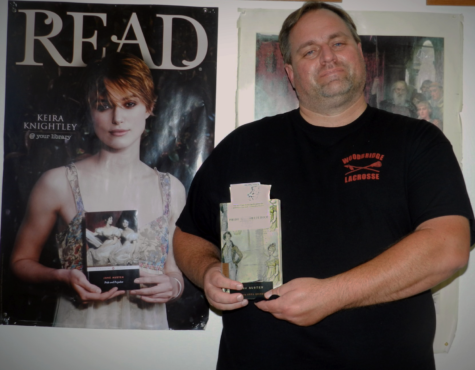
the poster of “Pride and Prejudice.” (Photo by Isabella Gonzalez)
Your donation will support the student journalists of Woodbridge High School. Your contribution will allow us to purchase equipment and cover our annual website hosting costs.
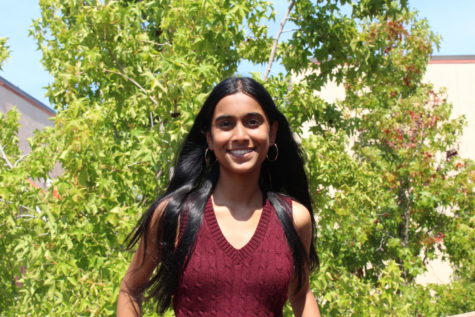
Hello! My name is Manasaa Meenakshi and I'll be this year's Opinion Editor. I've been a part of our journalism program for two years, this being my third...
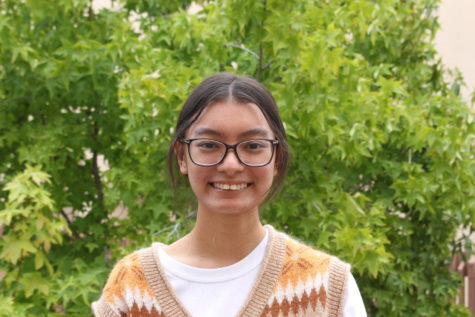
Hello Warriors! I'm Celine and I am excited to be a part of the Golden Arrow for the 2021-2022 school year. As a unique student, I will always use my creativity...





